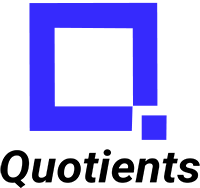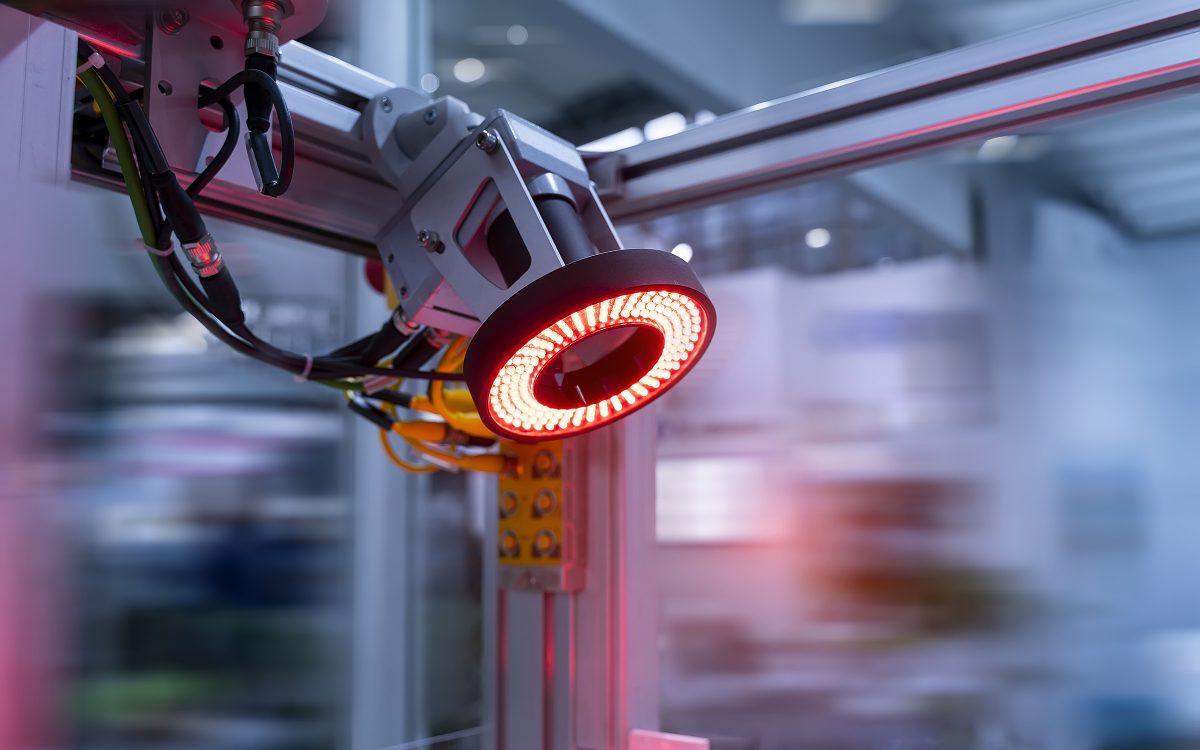In manufacturing sector whether it is clothing and textiles, petroleum, chemicals and plastics, electronics, computers and transportation, food production, metal manufacturing etc, poor production quality has a significant impact on efficiency. It results in additional operational and financial costs in form of lost time, wasted resources, scraps and decreased efficiency. Therefore, maintaining quality standards is of utmost importance in the field of manufacturing.
Typically product is visually inspected for defects which is a highly manual process. It is time consuming, prone to errors and dependent on operator’s experience and requires consistency which is not always possible. Rule-based visual inspection machines which are programmed, are not flexible, and cannot adapt to product changes and can only detect a handful of defects at a time.
By using computer vision in manufacturing quality inspection can be automated during the production process. There are several advantages of using computer vision like reduced cognitive load for operators, no programming required, and it adapts to product changes. It also makes inspections faster, more accurate, and efficient. There are today several manufacturing firms that are shifting towards using deep learning and computer vision for quality control and inspection tasks.
Computer Vision:
Computer vision seeks to replicate and automate tasks that the human visual system can do. It is an interdisciplinary scientific field that aims to give computers the ability to extract a high-level understanding of the visual world from digital images and videos. It uses Artificial Intelligence (AI) and deep learning models to enable machines accurately identify, interpret, understand, classify and react to objects in form of visual data like digital images from cameras and videos.
More sophisticated artificial intelligence (AI)–based vision systems can enable more powerful visual inspection solutions. These solutions can handle complex applications with less engineering time compared to traditional machine vision solutions.
These systems are faster and simpler process that can carry out repetitive and monotonous tasks at a faster rate, which simplifies the work for humans. Computer vision systems better trained through all kinds of data generally commit zero mistakes resulting in faster delivery of high-quality products and services. With no room for faulty products and services, companies do not have to spend money on fixing their flawed processes.
By using a laser coupled with a 2D camera, object edges can be more easily located and “pseudo 3D” images can be produced. These 3D machine vision systems creates a full 3D profile of the object by stitching together the individual lines of image data that makes inspection of complex assemblies and sub-assemblies as well as individual components easier.






